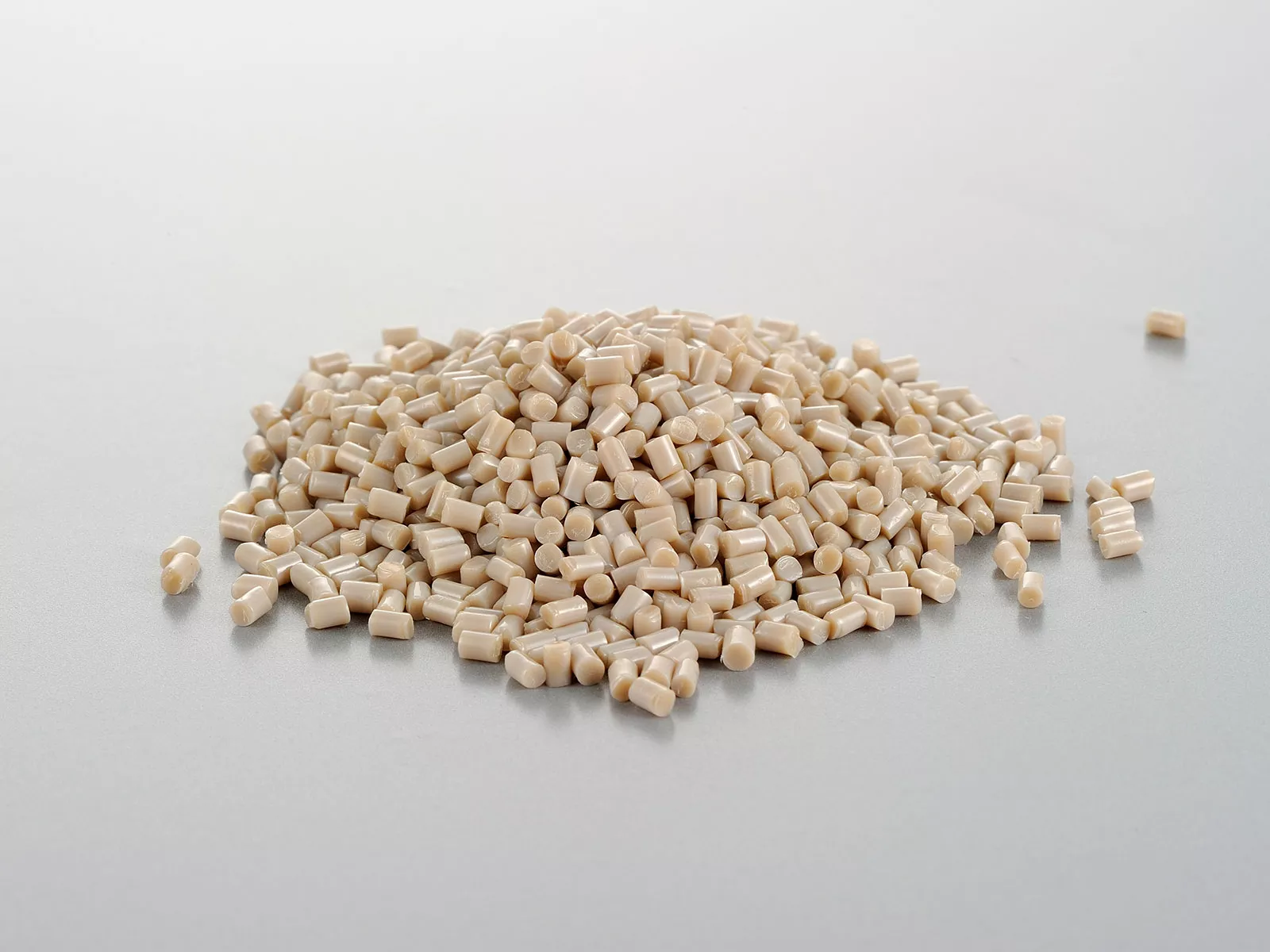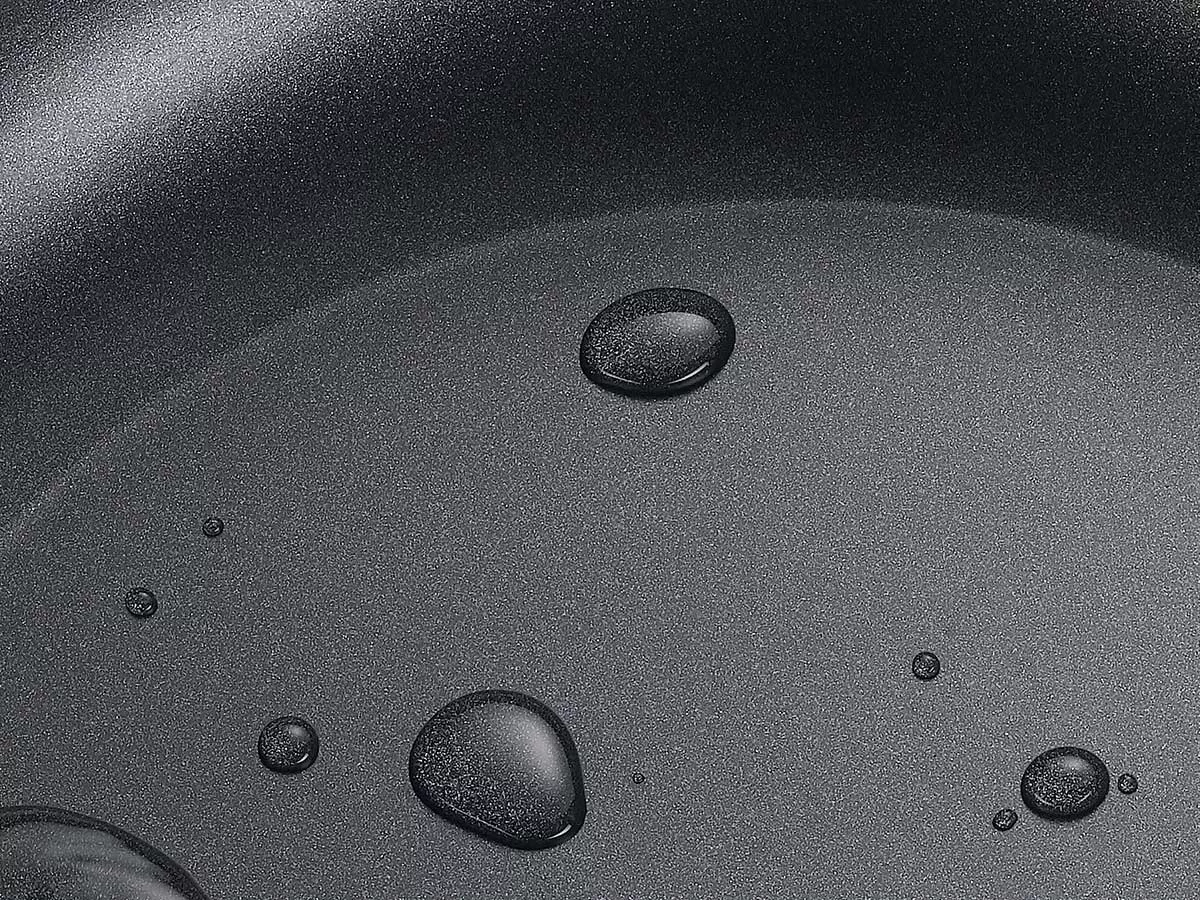Fluoropolymer coatings are widely used in various industries due to their exceptional durability, chemical resistance, and weatherability. These coatings are often applied to metals, plastics, and other materials to protect them from harsh environmental conditions. There are primarily two types of fluoropolymer coating systems: 2 coat and 3 coat systems. Understanding the differences between these systems can help you choose the right one for your application.
Understanding Fluoropolymer Coating Systems
1. What are Fluoropolymer Coatings?
Fluoropolymer coatings are high-performance coatings made from fluorocarbon-based polymers. These coatings are known for their non-stick properties, high resistance to chemicals, UV radiation, and extreme temperatures. Common types of fluoropolymers used in coatings include PTFE (polytetrafluoroethylene), PVDF (polyvinylidene fluoride), and FEP (fluorinated ethylene propylene).
2 Coat Fluoropolymer Systems
1. Composition
A 2 coat fluoropolymer system typically consists of two layers:
- Primer: The primer layer provides adhesion between the substrate and the topcoat. It is designed to bond well with the substrate and enhance the overall durability of the coating.
- Topcoat: The topcoat layer provides the desired properties such as color, gloss, and chemical resistance. It also offers protection against UV radiation and environmental degradation.
2. Application Process
The application of a 2 coat fluoropolymer system involves:
- Surface Preparation: Cleaning and preparing the substrate to ensure proper adhesion.
- Priming: Applying the primer layer to the substrate.
- Topcoating: Applying the topcoat layer over the primer.
3. Benefits
- Cost-Effective: 2 coat systems are generally more economical compared to 3 coat systems due to fewer layers and less material usage.
- Simpler Application: With only two layers, the application process is quicker and requires less labor.
- Good Protection: Provides sufficient protection for many applications, especially in less aggressive environments.
4. Drawbacks
- Limited Durability: May not offer the same level of durability and resistance as 3 coat systems in highly corrosive or abrasive environments.
- Lower Thickness: The total thickness of the coating may be less, which can affect its longevity in harsh conditions.
3 Coat Fluoropolymer Systems
1. Composition
A 3 coat fluoropolymer system consists of three layers:
- Primer: The primer layer provides adhesion between the substrate and the subsequent coatings.
- Mid-Coat: The mid-coat layer adds additional protection and helps build the thickness of the coating. It often enhances the mechanical properties and chemical resistance.
- Topcoat: The topcoat layer provides the final appearance, UV protection, and surface durability.
2. Application Process
The application of a 3 coat fluoropolymer system involves:
- Surface Preparation: Thorough cleaning and preparation of the substrate.
- Priming: Applying the primer layer to ensure good adhesion.
- Mid-Coating: Applying the mid-coat layer to add thickness and protection.
- Topcoating: Applying the topcoat layer for final properties and appearance.
3. Benefits
- Enhanced Durability: The additional mid-coat layer provides superior protection against corrosion, abrasion, and chemicals.
- Greater Thickness: Increased total coating thickness enhances longevity and performance in harsh environments.
- Superior Protection: Ideal for applications in highly aggressive environments such as industrial facilities, marine settings, and chemical plants.
4. Drawbacks
- Higher Cost: More layers mean higher material and labor costs.
- Complex Application: The application process is more time-consuming and requires skilled labor.
Comparison of 2 Coat and 3 Coat Systems
1. Durability and Protection
- 2 Coat System: Provides good protection for many applications but may not be sufficient for highly aggressive environments.
- 3 Coat System: Offers superior durability and protection, making it suitable for harsh conditions.
2. Cost and Application Time
- 2 Coat System: More cost-effective and quicker to apply.
- 3 Coat System: Higher cost and longer application time due to the additional layer.
3. Thickness and Longevity
- 2 Coat System: Thinner coating, which may affect longevity in harsh conditions.
- 3 Coat System: Thicker coating, providing extended longevity and better performance.
Choosing the Right System
1. Consider the Environment
- For environments with moderate exposure to chemicals, UV radiation, and abrasion, a 2 coat system may be sufficient.
- For highly aggressive environments with extreme conditions, a 3 coat system is recommended for better protection and durability.
2. Budget and Time Constraints
- If budget and time are significant constraints, a 2 coat system offers a cost-effective and quicker solution.
- If long-term performance and durability are critical, investing in a 3 coat system may be more economical in the long run.
Conclusion
Both 2 coat and 3 coat fluoropolymer systems have their advantages and are suitable for different applications. Understanding the specific needs of your project and the environmental conditions it will face is crucial in selecting the right coating system. While 2 coat systems offer cost savings and simpler application, 3 coat systems provide enhanced protection and longevity, making them ideal for demanding environments.





